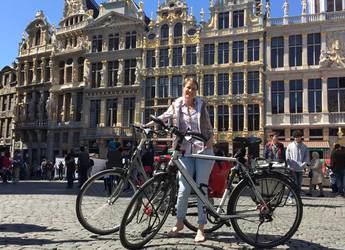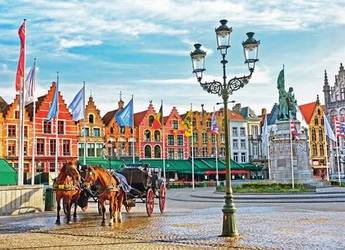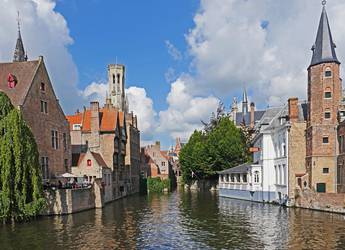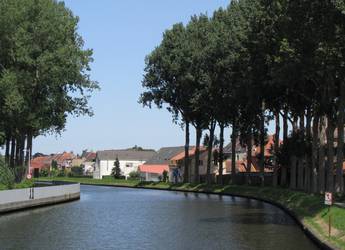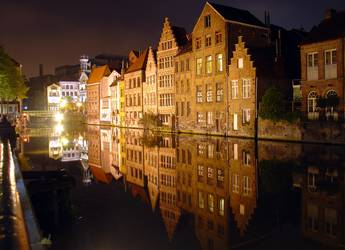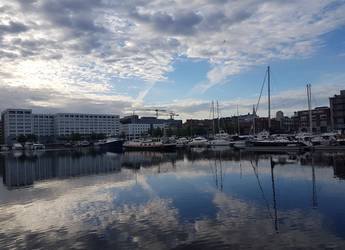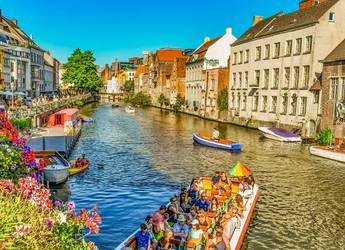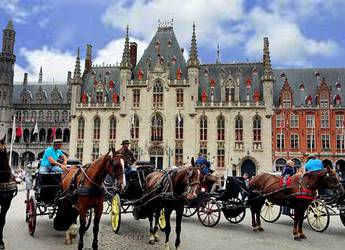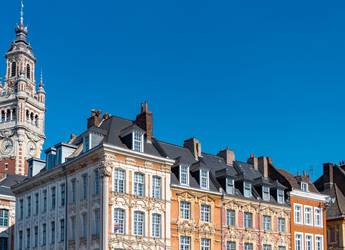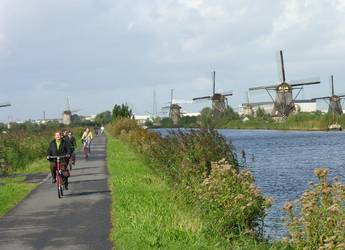Tap to search
Belgium is one of the smallest and most densely populated European countries, with a network of rivers and canals running through a largely flat landscape. Ideal for walking tours, cycling tours, bike & barge tours, and luxury barge tours, you will find a wealth of interesting places to visit on your way across the country. Bruges, sometimes called 'little Venice' is one of the favourite places to visit on a tour of Belgium, with its charming cobblestone paths and many canals and waterways. Ypres and the Flanders Fields, significant battlefields during WWI are also very popular.
Belgium is famous for many things, especially its chocolate and waffles. Belgium is also well-known for its many varieties of beers, pastries and baked goods. It is known as the diamond capital of the world, with nearly 90 percent of raw diamonds being handled in the town of Antwerp. Famous artists include Magritte, a surrealist artist and of course, Rubens, whose former house and studio in Antwerp is worth a visit. Over 200 works by Magritte are on display in the Magritte museum in Brussels.
In August, every 2 years, the Grand-Place in Brussels is covered with a flower carpet of begonias. The carpet of 77 m x 24 m is put together by around 120 volunteers, with nearly 1 million begonias being used. One of the most anticipated spring garden events in Brussels is the opening of the Royal Greenhouses at the Palace in Laeken Belgium. The palace is the main residence of the Belgian Royal family and their private grounds are only open to the public for several weeks in the spring. The Groot-Bijgaarden is another must-see for tulip and spring bulb lovers. The grounds of this castle are open to the public for a month in the spring. As well as the stunning castle grounds, there are also indoor displays by local growers. The Winter Wonders festival in Brussels is much more than just the largest Christmas market in Belgium, having around 250 Swiss chalet stands spread along a 2-km route in downtown Bruxelles. Bruges also has some wonderful Christmas markets. Take a boat ride around this fabulous city to experience the best of the Christmas spirit.
Check out these links for Bike & Barge Tours, Luxury Barge Tours, Cruising Tours or Battlefields Tours, all of which start in Belgium
